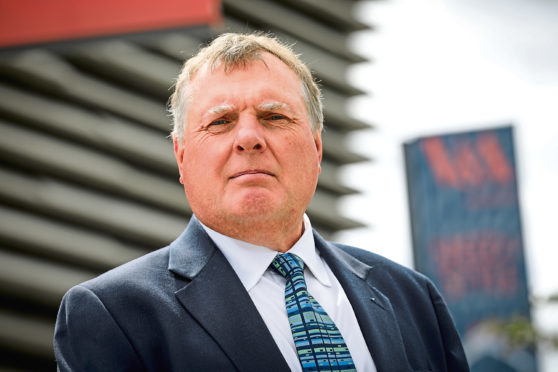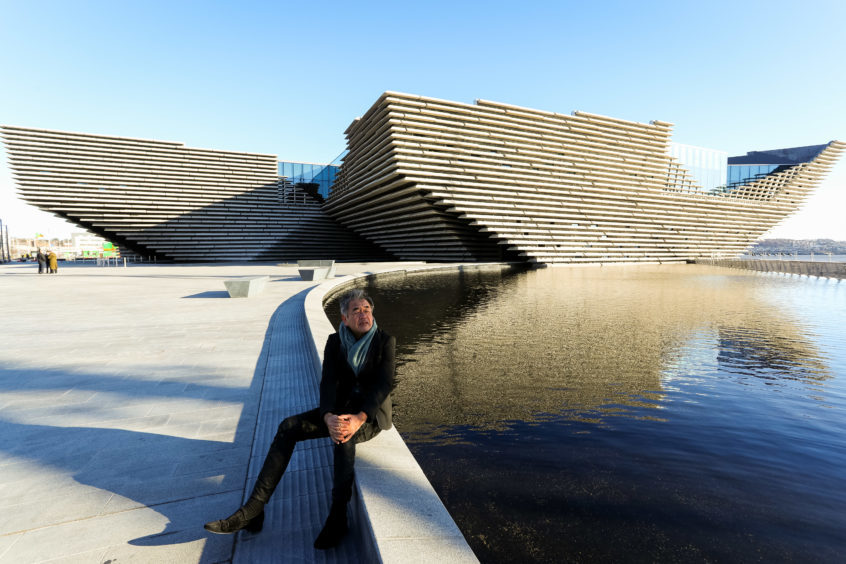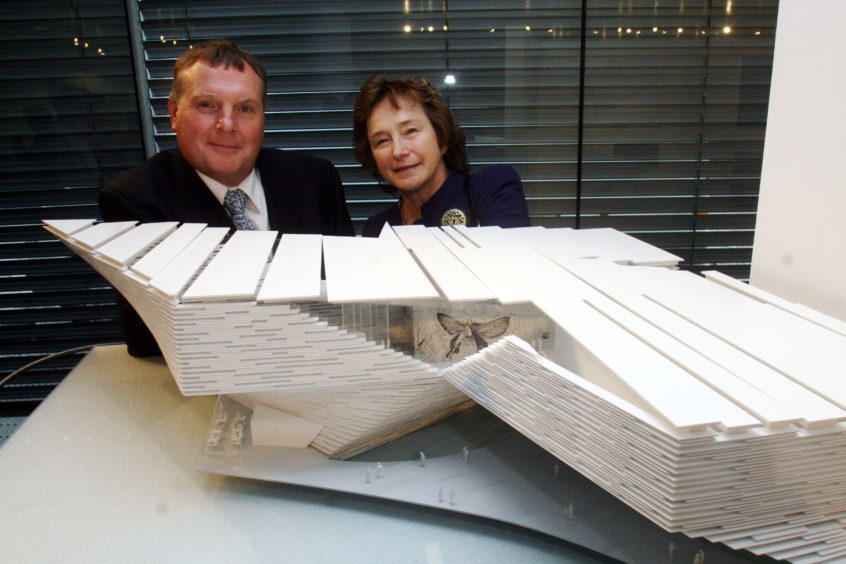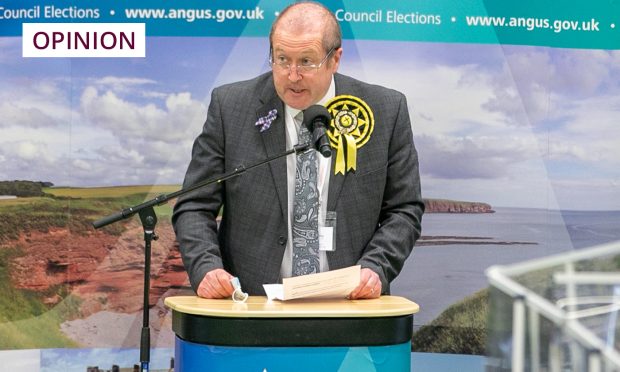In the run-up to the opening of V&A Dundee on September 15, The Courier will be carrying a series of articles from people closely involved with the project. Today: Mike Galloway, executive director of city development Dundee City Council.
With more than a week to go until the wraps finally come off V&A Dundee, I am probably a bit long in the tooth to get too excited too early.
But as we start to get towards the last few days, I know that I will be getting more and more enthusiastic as the whole project nears its climax and becomes the real, complete package that we have all been working towards.
As spectacular and unique as V&A Dundee is, the context in which it sits is more than fitting of such a special building.
The Dundee waterfront project was conceived and developed by a team in Dundee City Council, with help from other agencies from the city and further afield.
And although I drew the final version of the masterplan on my kitchen table one weekend almost 20 years ago, financial support from the Scottish Government and Scottish Enterprise was absolutely crucial in making that vision a physical reality.
Support from different political administrations of Dundee City Council down the years has also been vital in driving things forward and making them happen.
One of the most important aspects of the waterfront development is the phase-by-phase way that the work is being carried out. This has allowed us to keep the city moving and open for business through what has been a major transformation.
A lot of that was down to the people of Dundee, commuters and visitors to the city who have remained patient and understanding throughout the process and I am grateful for that!
Many key buildings had to be demolished to clear the waterfront and make way for the developments on it, including V&A Dundee. It sits on the site of the former Olympia but the Hilton Hotel and much-derided Tayside House are also gone and already being forgotten.
Those demolitions were really important to the progress of the waterfront but also crucial in shaping how Dundonians viewed the project. Clearing the land, constructing the grid layout of streets and creating open spaces and future development plots was a physical sign for them that this was really happening.
Another major milestone on the journey was the formal opening of Slessor Gardens by Her Majesty the Queen on July 6 2016. It was a turning point for the public who adopted it as their major open space in the heart of the city.
The series of concerts and events that have taken place since have been telling in realising that vision from the early days.
Most recently the new Dundee Railway Station concourse has opened its doors and that has already exceeded our expectations for a new public building. V&A Dundee will take things up another level when it opens.
What visitors can expect from V&A Dundee when it opens is a stunning building with huge internal spaces. It opens up like a Tardis inside and the amount of life and activity it can accommodate is breathtaking.
The exhibitions will be deeply thought-provoking and highlight the pride we take in Scotland’s design history as well as the huge potential for future design on a world stage.
V&A Dundee is a place to visit and use again and again. General entry is free and it offers visitors lots to do. We would want to see the building becoming Dundee’s living room and a place that local people as well as visitors want to use.
As the last member of the original team still working on the V&A Project, I feel compelled to continue to remind people that the whole scheme is a team effort and not about individuals.
V&A Dundee is made for the long haul. It will be here for centuries and will give so much to the city over that period.
It has been fantastic to have been part of its creation. It’s a one-off achievement and represents the culmination of my whole career.












